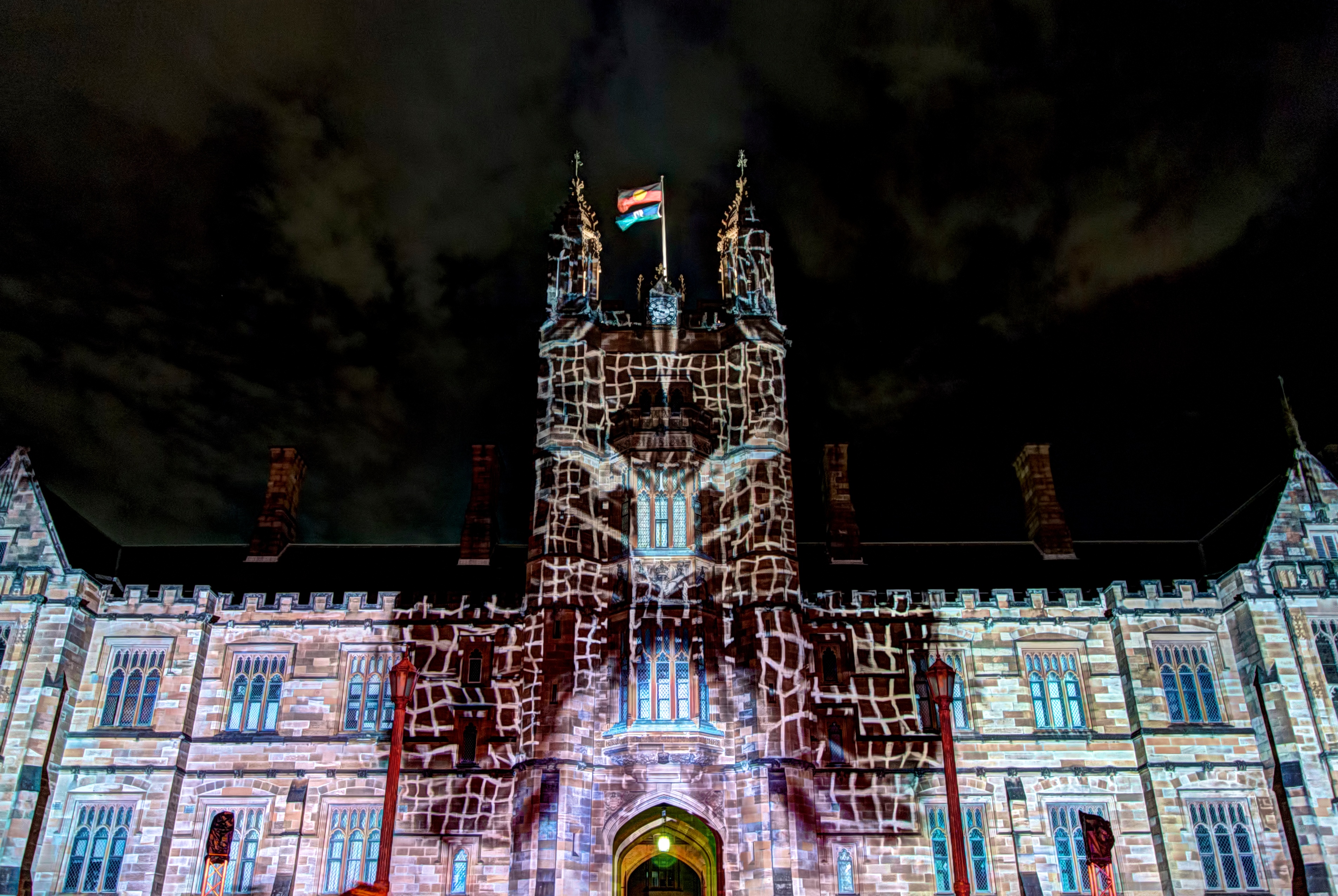Douglas Mawson and the Nation of Science
Keywords:
Douglas Mawson, Antarctica, Science, ModernityAbstract
In the early decades of the twentieth century, a nation’s participation in global communities of science denoted high degrees of cultural modernity. For Australia, the accomplishments of Douglas Mawson signified that national assertion. Unlike the arts, where lines of descent and influence remained important, scientists before 1914 frequently saw themselves without borders; this claim offered vast encouragement to newer societies, who found their champion in Ernest Rutherford, born in New Zealand and awarded the Nobel in 1908 for work in Canada. Australia – the new Federation and the progressive states – heartily grasped the opportunity, and Mawson personified that demonstration, particularly in Antarctica: in calling him ‘an Australian Nansen,’ Edgeworth David drew a sharp distinction between Mawson and his British compeers, Scott and Shackleton. Both Mawson and Nansen were field scientists of utmost rigor, who directed their celebrity toward public activism on behalf of a new nation (Australia, 1901; Norway, 1905). That newness, moreover, produced a modernity that Gyan Prakash calls ‘an uncanny double, not a copy, of the European original’ (Another Reason 5); thus, while Mawson represented modern science in Australia, he also worked, consciously and originally, to reconfigure the global playing field of modernity altogether.
Downloads
Published
Issue
Section
License
The copyright for articles in this journal is retained by the author(s), with first publication rights granted to the journal. By virtue of their appearance in this open access journal, articles are free to use with proper attribution in educational and other non-commercial sectors.Attribution-NonCommercial-ShareAlike 2.1 Australia
This work is licensed under the Creative Commons Attribution-NonCommercial-ShareAlike 2.1 Australia License. To view a copy of this license, visit http://creativecommons.org/licenses/by-nc-sa/2.1/au/ or send a letter to Creative Commons, 543 Howard Street, 5th Floor, San Francisco, California, 94105, USA.

